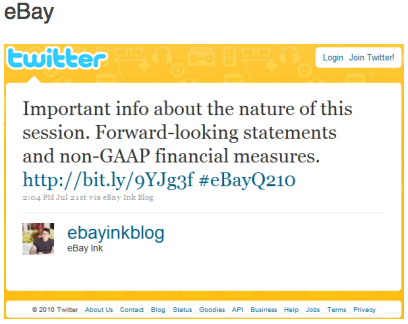Being fresh off an 8-day stint as a juror in a civil case, I found the article released today on Law.com very interesting. It focuses on the the right to a fair trial in the age of Facebook, Twitter and the internet in general. As we see in the instances below, in the age of instant information sharing, cases large and small are being disrupted and the somewhat-antiquated court system is trying to figure out how to address the problem of socially networked jurors.
- Last month, one Michigan juror was disciplined for posting a comment about the case. Before the case was over, this juror posted on Facebook how it was “gonna be fun to tell the defendant they’re GUILTY.” Alert defense counsel saw the posting, and the trial judge dismissed the juror, fined her $250 and ordered her to write a five-page essay about the constitutional right to a fair trial.
- During a February 2010 criminal trial, a New York juror sent a key witness a Facebook friend request. The judge found that the juror’s communication was “unquestionably a serious breach of her obligations as a juror and a clear violation of the court’s instructions.”
- In March 2009, after eight weeks of trial in a drug case, a Florida juror admitted to the judge that he had conducted Internet research. When the judge questioned other jurors, he found that eight others had been doing the same thing. The judge declared a mistrial.
- In February 2009, an Arkansas juror used his mobile device to post eight messages on Twitter during court proceedings. Among the messages: “I just gave away TWELVE MILLION DOLLARS of somebody else’s money.” The judge denied defense counsel’s motion for a new trial.
- In 2008, a juror posted online a photograph he took of the murder weapon, a 15-inch, double-edged, saw-tooth knife. The judge held the juror in contempt of court, but denied motion for mistrial.
- In 2006, the New Hampshire Supreme Court rejected a motion to overturn a murder conviction based on pre-trial comments a juror made on his blog. The juror’s posts included: “now I get to listen to the local riff-raff try and convince me of their innocence.”
If your company ever finds itself involved in a trial by jury, it may not be a completely fair one. Law.com suggests that lawyers should ask jurors during jury selection about the frequency of their Facebook and Twitter use, ask the judge to remind the jurors that they may come forward to report a fellow juror’s misconduct, monitor juror social media activity during trial and remind jurors before and after every jury break about the court’s ban on communicating with others about the case during trial.








